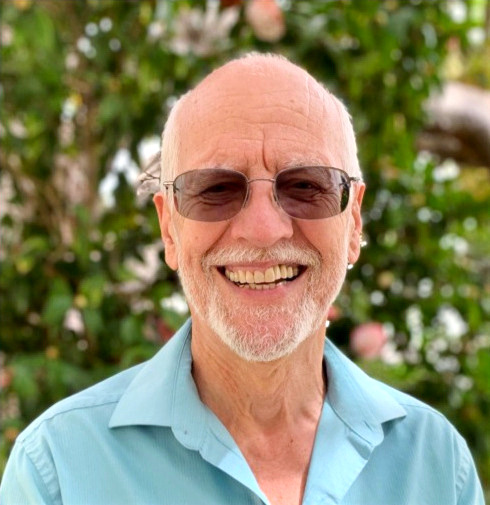A Few "Lesser Known and Obscure" Facts I Learned While In Puerto Vallarta, Mexico
- Connard Hogan

- Dec 18, 2022
- 3 min read
Updated: Jan 7
Bottom line: Not all tequila tastes the same.
During a recent visit to Puerto Vallarta, in Jalisco, Mexico, as a member of the Santa Barbara-Puerto Vallarta Sister Cities 50th Anniversary delegation, I learned a few "lesser known and obscure" facts about the surrounding area, in addition to tequila, mescal and raicilla.

Puerto Vallarta resides on the
tenth largest bay in the world,
Bahia de Banderas.
The Sister Cities delegation toured sites around PV and visited past projects, renewed relationships, all in celebration of fifty years of friendship.

The mosaic in the PV central park
celebrating the Sister Cities relationship.

The park contains many unique
mosaic benches such as these,
as well as decorated columns.

Located on the Malecon (boardwalk),
this PV dolphin fountain is much
like the one in Santa Barbara.

Don't let the piantwork in the Museum
of Art pool confuse you! (Hint: examine the
center of the concentric rings.)

We visited the PV Botanical Garden.
Here's the restaurant, which
contains a great bar.
The twelve-day Christmas ritual, starting December 1, was in progress during our visit. Group participants walk several blocks to the Temple of Our Lady of Guadalupe, then enter and are blessed.

A portion of the Sister Cities
delegation participated in
the Christmas pilgrimage.

Dressed as an Aztec, I think she may
have been the youngest participant
in the pilgrimage that evening,
though I didn't see her march.

(Right to left) Along with Rotary
friends E.Russell and Luz Maria,
Janet and I partake in a
tequila/mescal/raicilla tasting.
Mescal and Tequila
2. All tequila is mescal, but not all mescal is tequila.
3. Mescal can be made from any type of agave,
4. while, tequila can only be made with blue agave and,
5. under strict guidelines.
6. Tequila’s color and flavor is affected by its aging in oak barrels or vats,
7. which have often been used in prior fermentation of other spirits, such as whiskey, cognac and wine.
8. Blanco, bottled at the end of fermentation, is clear.
9. Reposado “rests” for six months.
10. Anejo is aged for at least one year.
11. Extra Anejo is aged longer than Anejo.
12. Added sugar leads to the creation of methanol.
13. Methanol creates foam when shaken, and burns when a flame is introduced.
14. Manufacturers add sugar to increase volume of product.
15. Tequila is made in five Mexican states,
16. primarily in Jalisco, where the town Tequila is located.
Raicilla
1. It’s history is murky.
2. Perhaps, it’s the precursor of mescal, or just it’s “shadowy” version,
3. as it was being distilled prior to the Spanish conquest,
4. and is referred to roughly as Mexican “moonshine.”
5. Unlike tequila, it is not made with blue agave.
6. It is less well known as mescal and tequila in the US.
7. It has a stronger taste than mescal and a higher alcohol content.
8. You won’t likely find any that has been aged to any degree.
I brought home two bottles of very smooth, slightly sweet Tres Tequila (brand name), suitable for sipping. No need to chase this stuff with salt and lime! (Note: You'll likely need to travel to Puerto Vallarta to find a supply of this, since it's made in limited quantity.)
Walk in beauty.







Comments